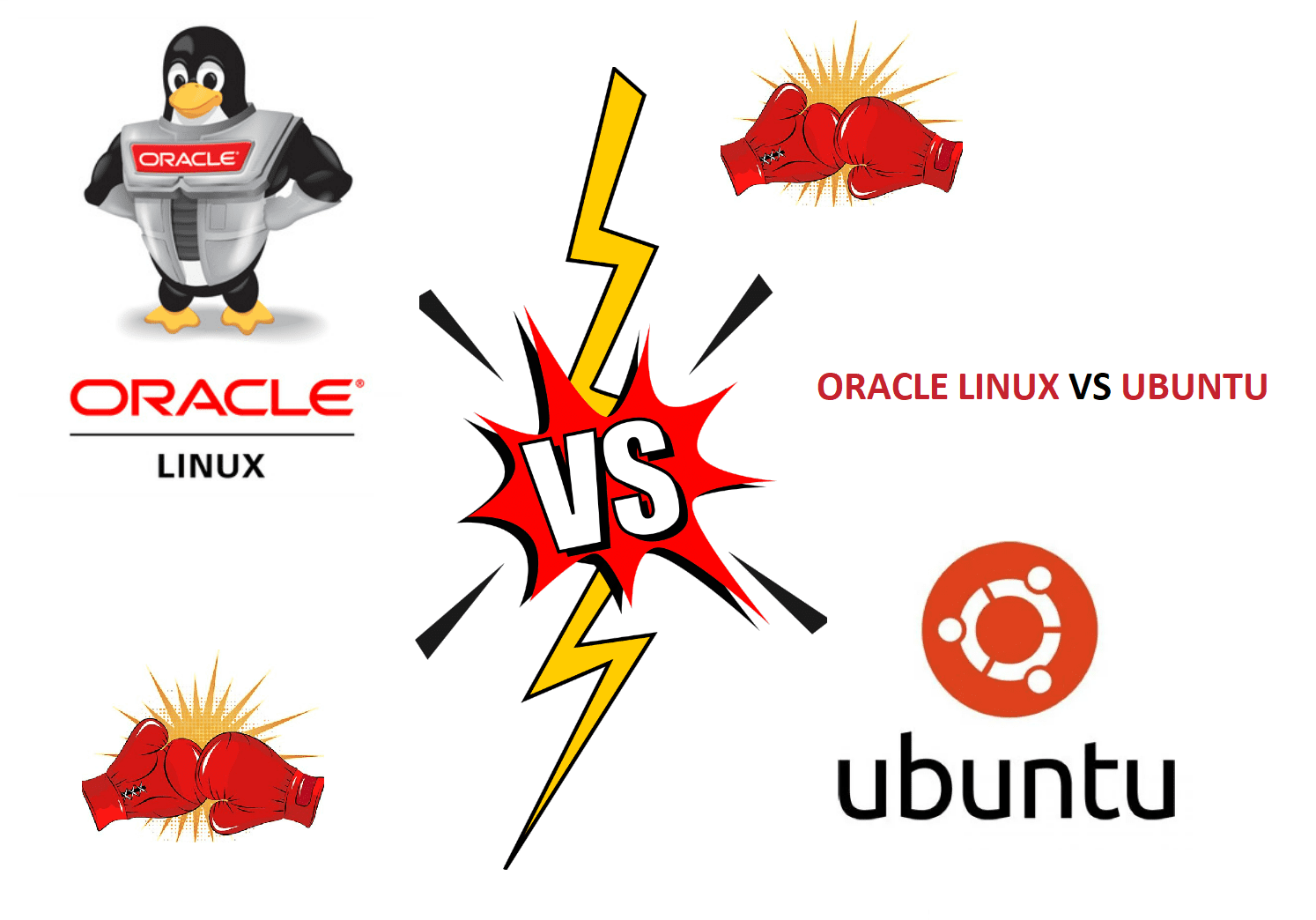Oracle Linux Vs. CentOS: Corporate Backing Compared

Executive Summary

Oracle Linux and CentOS are both popular enterprise Linux distributions, offering stability, security, and compatibility for mission-critical workloads. However, key differences stem from their corporate backings, leading to distinct advantages and considerations for organizations.
Introduction
Open-source software has transformed enterprise IT, empowering organizations with cost savings and customization capabilities. Oracle Linux and CentOS, derived from Red Hat Enterprise Linux (RHEL), stand as prominent players in this realm, each backed by reputable corporations with contrasting approaches. Unveiling the nuances between Oracle Linux and CentOS, this comprehensive guide delves into their corporate support, roadmap, community involvement, support offerings, and update mechanisms, empowering you to make the most informed decision for your organization.
Corporate Backing
Oracle Linux:
- Oracle Support: Unparalleled commercial support from Oracle, ensuring guaranteed patches and security updates
- Enterprise Focus: Specifically tailored for Oracle’s enterprise customers, offering compatibility with Oracle applications
- Long-Term Stability: Backed by Oracle’s commitment to long-term support, providing sustained stability and predictability
CentOS:
- Community Driven: Developed and maintained by a global volunteer community, fostering a collaborative ecosystem
- Upstream Compatibility: Adheres closely to RHEL, ensuring compatibility with a vast software ecosystem
- No Direct Support: Lacks dedicated commercial support, relying on community-based assistance
Roadmap and Community Involvement
Oracle Linux:
- Vendor-Controlled Roadmap: Oracle determines the roadmap, ensuring support for specific use cases and Oracle technologies
- Minimal Community Participation: Primarily driven by Oracle engineers, with limited community input
CentOS:
- Community-Driven Roadmap: Shaped by community feedback and contributions, leading to a versatile distribution
- Active Community: Thriving community forum and mailing lists, providing peer support and issue resolution
Support Offerings
Oracle Linux:
- Comprehensive Support: Oracle provides paid support contracts, guaranteeing timely responses and tailored assistance
- Premier Support: Premium support level with dedicated account managers and proactive monitoring
CentOS:
- Community Support: Free community support via forums and mailing lists, with varying response times
- External Support: Third-party vendors offer commercial support contracts for CentOS, but offerings may vary
Update Mechanisms
Oracle Linux:
- Designated Repositories: Oracle maintains its own repositories, ensuring a reliable and consistent source of updates
- Extended Lifecycle Support: Updates and patches provided throughout Oracle Linux’s lifecycle, maximizing uptime
CentOS:
- RHEL Backports: Obtains updates from RHEL repositories, ensuring the latest security patches and enhancements
- Regular Updates: Updates released on a predictable schedule, enabling organizations to plan for deployment and maintenance
Conclusion
Oracle Linux and CentOS cater to distinct organizational needs and preferences. Oracle Linux offers unparalleled commercial support and a vendor-controlled roadmap, while CentOS delivers community-driven flexibility and cost savings. By carefully considering these factors, organizations can select the distribution that aligns with their unique requirements and resources, enabling them to harness the power of enterprise Linux for their critical workloads.
Keyword Phrase Tags
- Oracle Linux
- CentOS
- Enterprise Linux
- Corporate Backing
- Support Offerings

Good news for CentOS user, with Oracle Linux making a better option now.
Oracle should not act like this.
Red Hat Enterprise Linux (RHEL) is an expensive software for small company, and Oracle can be a subsitute.
This news is not true
It must not be like this, what Oracle doing is not good, so just drop it man
CentOS is a community-developed operating system, and what Oracle is planing to destroy it.
So Oracle is amazing because it dance to the tung of the court of law.
We need to talk about this ASAP!
Shut down Oracle, now!
What is this about? Why is Oracle planing to do such an evil act?
I don’t believe this, Oracle can not do that, this is absolutely nonesense.
This is just like the pot calling the kettle black, how can Oracle act as if they cannot do evil?